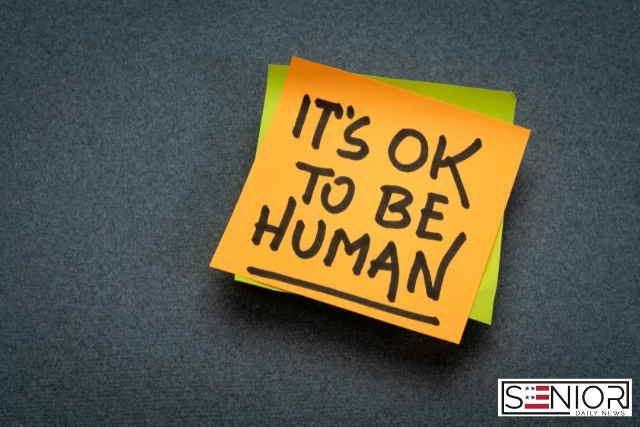Sciatica: The Silent Epidemic Affecting Millions Worldwide

Understanding the Growing Impact of a Common Yet Overlooked Condition
Sciatica might not be a term you hear every day, but for millions of people, it’s a daily reality—one that silently affects their quality of life, productivity, and overall well-being. Often misunderstood or misdiagnosed, sciatica has become a “hidden” health epidemic, quietly growing in reach and impact across the globe.
But what exactly is sciatica, and why is it on the rise?
What Is Sciatica?
Sciatica is not a medical condition in itself, but rather a symptom of an underlying issue involving the sciatic nerve—the longest nerve in the human body. This nerve runs from your lower back down through your hips, buttocks, and legs.
When this nerve becomes compressed, irritated, or inflamed, it can lead to a sharp, shooting pain that radiates from the lower back into one or both legs. Other symptoms may include:
- Numbness or tingling in the leg or foot
- Muscle weakness
- Difficulty standing or walking
- Burning or electric-like sensations
Why Sciatica Is Becoming More Common
Several modern lifestyle factors are contributing to the increasing prevalence of sciatica, including:
1. Sedentary Lifestyles
Many people spend long hours sitting—at desks, in cars, or on couches. Poor posture and lack of movement can contribute to spinal compression and nerve irritation.
2. Work-Related Stress and Strain
Jobs that involve heavy lifting, twisting, or repetitive movements can put stress on the lower back, leading to disc issues or nerve compression.
3. Obesity and Poor Physical Fitness
Excess body weight puts added pressure on the spine and nerves, increasing the likelihood of developing sciatica symptoms.
4. Aging Population
As people age, spinal discs naturally degenerate. This can lead to herniated discs, spinal stenosis, or other conditions that trigger sciatica.
The Hidden Cost of Sciatica
Sciatica doesn’t just affect the body—it impacts mental health, productivity, and quality of life:
- Missed workdays and reduced job performance
- Difficulty sleeping or exercising
- Increased risk of depression due to chronic pain
- Medical expenses from doctor visits, physical therapy, or surgery
Many people silently cope with their symptoms, either unaware that sciatica is the cause or unsure of where to seek help.
Diagnosis and Treatment Options
If you suspect you have sciatica, early diagnosis is key. A healthcare provider may use physical exams, imaging tests (like MRI or X-ray), and medical history to identify the root cause.
Common treatment options include:
- Physical therapy to strengthen muscles and improve flexibility
- Anti-inflammatory medications to reduce pain and swelling
- Hot/cold therapy for symptom relief
- Lifestyle changes, including exercise, posture correction, and weight loss
- In severe cases, steroid injections or surgical interventions may be considered
Preventing Sciatica: What You Can Do
While not all causes of sciatica can be avoided, there are proactive steps you can take:
- Exercise regularly, focusing on core strength and flexibility
- Practice good posture, especially when sitting or lifting
- Take breaks during long periods of sitting or driving
- Maintain a healthy weight
- Avoid heavy lifting or learn proper lifting techniques






